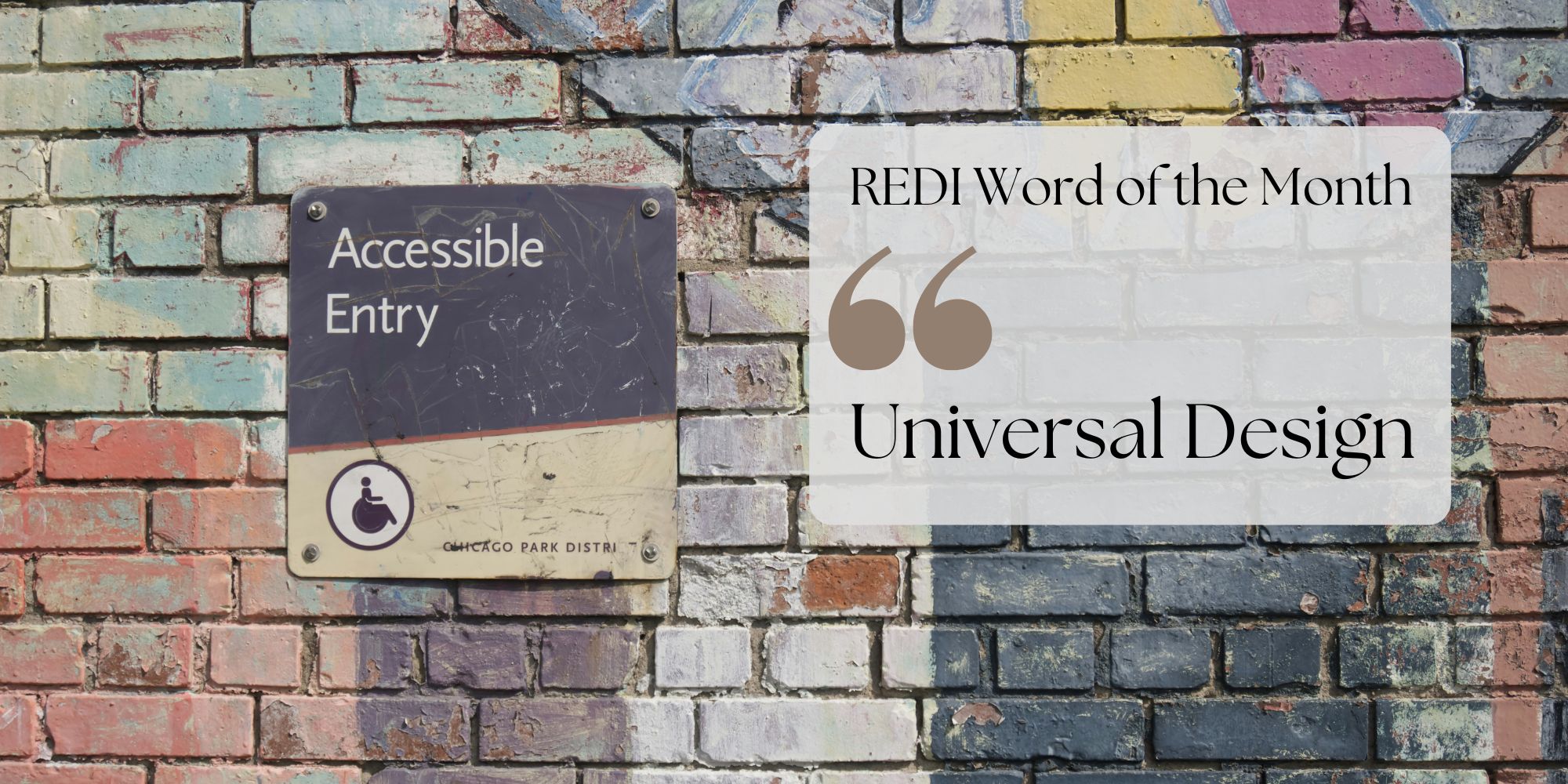
Universal Design
According to the Centre for Excellence in Universal Design, Universal Design (UD) is “the design and composition of an environment so that it can be accessed, understood, and used to the greatest extent possible by all people, regardless of their age, size, or disability.” The idea here is that the removal of barriers can support everyone, not only people with disabilities. For example, having an elevator can benefit people in wheelchairs, as well as older people, people with bikes, and people with strollers. Therefore, barrier removal can allow for more people to succeed. UD turns the idea of “accommodations” on its head by positing that accommodations are actually good for everyone, not only people who request them. Universal Design can be applied to learning, physical environments, products and services, or systems and processes.
Universal Design for Learning
In a learning context, a universal design approach would encourage instructors to reflect on their courses (lessons, materials, methods, etc.) to assess whether they truly support all learners. This can take many forms. One example is offering required readings in a variety of formats, both online and in print (or at least printable), for learners who prefer (or who must) read text on paper instead of a screen. Furthermore, required materials should also be situated online in a way that they can be read aloud by screen reading technology, transformed using visual accessibility tools (such as inverting colors). These same principles also apply to slideshow presentations and recorded lectures.
Universal design principles can also be applied to assessment. For example, instructors can allow learners to choose from one of multiple pathways for demonstrating their learning, such as via a live demonstration, pre-recorded video, written essay, or some other means. This removes barriers to student success by giving learners the opportunity to choose the medium that best plays to their strengths.
Universal Design for the Workplace
UD can also be applied to workplace processes, practices, and policies. For example, providing interview questions ahead of time to interviewees can benefit:
- First-generation university students/applicants who are more nervous talking to academics.
- People who are multilingual language learners.
- Introverts who may be more nervous in interviews.
- People who are neurodiverse or have challenges organizing ideas in the moment.
Not sharing interview questions ahead of time can systematically negatively impact certain groups such as those listed above. Since it is beneficial for many people, providing interviewees with the interview questions ahead of time can be standard practice rather than a one-off accommodation when requested.